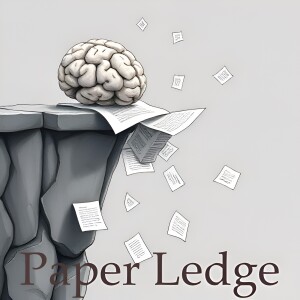

Computer Vision - OC-SOP Enhancing Vision-Based 3D Semantic Occupancy Prediction by Object-Centric Awareness
Alright Learning Crew, Ernis here, ready to dive into some seriously cool research! Today, we're tackling autonomous driving – you know, those self-driving cars that are supposed to whisk us around while we nap or catch up on our favorite podcasts. But what happens when those cars can't see everything clearly?
That's where this paper comes in. Think about driving yourself. You're cruising down the street, and suddenly a parked van blocks your view. You can't see if a kid is about to dart out on a bike, right? Self-driving cars face the same problem – occlusions and incomplete data. They don't have our human intuition, so they need a different solution.
Enter Semantic Occupancy Prediction (SOP). This is like giving the car a super-powered imagination. Instead of just seeing what's directly in front of it, SOP tries to predict everything around the car – not just the geometry (the shape and layout of things), but also the semantic labels (what those things are – car, pedestrian, tree, etc.). It's like the car is building a 3D map in its head, labeling everything as it goes.
Now, previous methods for SOP often treat all objects the same. They look at small, local features – like focusing on individual pixels instead of the bigger picture. This works okay for static things like buildings, but it struggles with dynamic, foreground objects like cars and pedestrians. Imagine trying to identify a friend from just a close-up of their ear – you'd probably need to see their whole face, right?
That's where the brilliance of this paper shines through. The researchers propose Object-Centric SOP (OC-SOP). Think of it as giving the car a pair of special glasses that highlight important objects. OC-SOP adds a detection branch that identifies objects first, like spotting a pedestrian about to cross the street. Then, it feeds this object-centric information into the SOP process.
Here's a quote that really captures the essence:
"Integrating high-level object-centric cues significantly enhances the prediction accuracy for foreground objects..."In other words, by focusing on the objects that matter most, the car can make much better predictions about its surroundings, especially when things are partially hidden.
The result? The researchers achieved state-of-the-art performance on the SemanticKITTI dataset, which is like the gold standard for evaluating self-driving car perception. This means their approach is currently one of the best out there!
So, why should you care about this research?
- Future Drivers: If you're excited about self-driving cars, this research is making them safer and more reliable.
- Tech Enthusiasts: This paper showcases a clever way to integrate object detection with scene understanding.
- Anyone who walks near roads: Improved object detection means safer streets for everyone.
This paper helps self-driving cars see more clearly in complex environments, leading to safer and more reliable autonomous navigation.
This all begs the question: As self-driving technology advances, how much human override should be allowed or incorporated? And how can we ensure these object-centric models are trained on diverse datasets to avoid biases?
Credit to Paper authors: Helin Cao, Sven Behnke
More Episodes
All Episodes>>Create Your Podcast In Minutes
- Full-featured podcast site
- Unlimited storage and bandwidth
- Comprehensive podcast stats
- Distribute to Apple Podcasts, Spotify, and more
- Make money with your podcast












